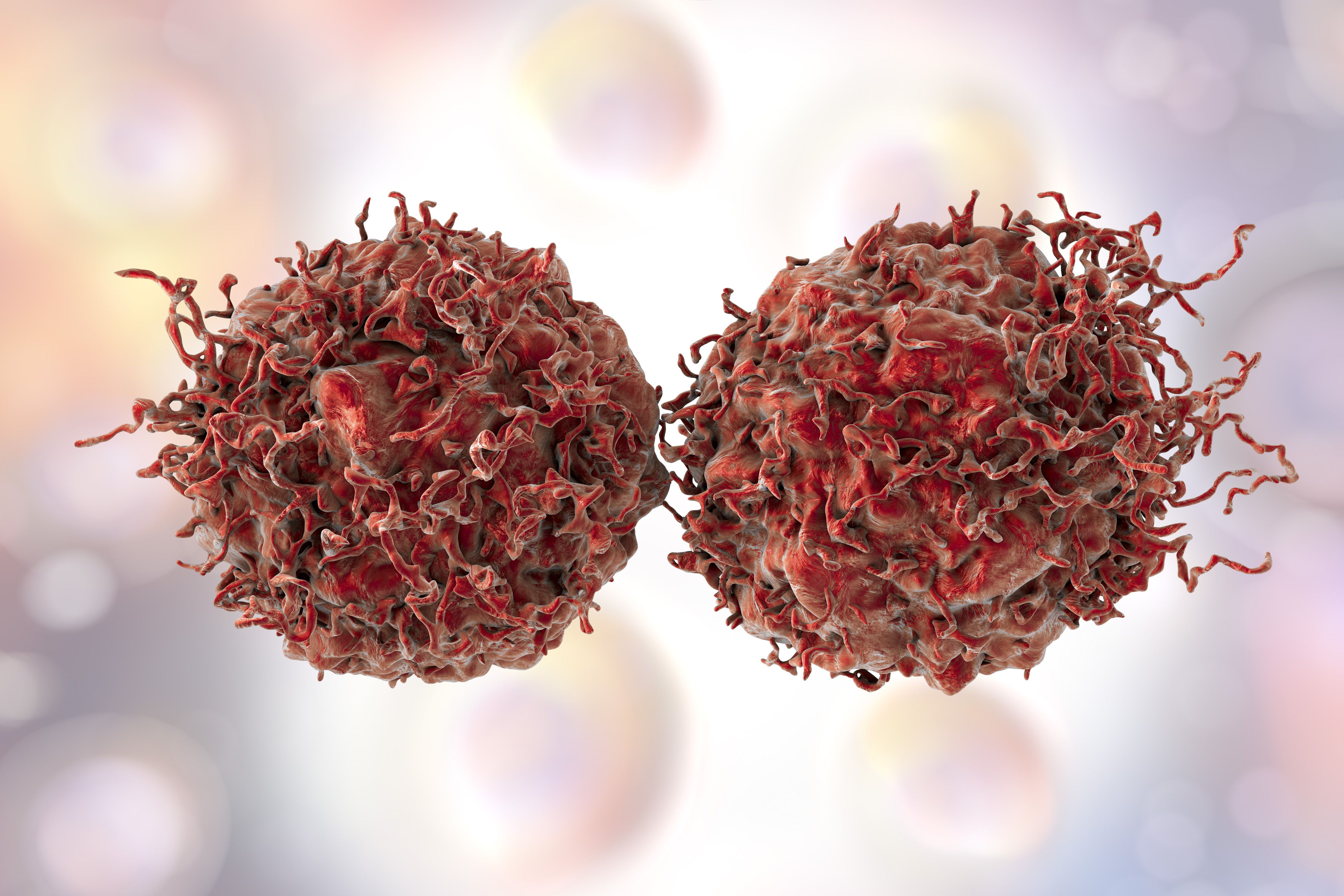Clinical Practice Gaps Persist in Biomarker Testing for mCRPC Management
With delays in biomarker testing and treatment for metastatic castration-resistant prostate cancer, continued education is needed to address these gaps.
A real-world analysis found that 40.8% of mCRPC patients did not receive HRRm testing, and those who tested positive for HRRm did not receive a PARP inhibitor.

Clinical practice gaps persist regarding homologous recombination repair gene mutation (HRRm) testing and receipt of matching PARP inhibitor therapy in patients with metastatic castration resistant prostate cancer (mCRPC), as demonstrated in findings from a real-world analysis.
In the findings presented at the 2025 American Society of Clinical Oncology Genitourinary Cancers Symposium, 81% of patients did not receive HRRm testing at the time of diagnosis, and 35% of patients who tested positive for HRRm received treatment with PARP inhibitors before the third line of therapy.
“This extended real-world analysis confirms clinical practice gaps in the clinical management of mCRPC patients, demonstrating lack of or delayed biomarker testing and PARP [inhibitor] treatment,” the researchers wrote in the poster. “Continuing education and standardized testing practices may be needed to address these gaps.”
Germline and Somatic Testing
Of the 1022 patients with mCRPC included in this analysis, 63.6% (n = 650) underwent HRRm testing. In particular, 21.2% (n = 138) underwent germline testing; 58.8% (n = 382) received somatic testing; 3.4% (n = 22) underwent both germline and somatic testing; and 16.6% (n = 108) had unknown testing.
With regards to timing, 19% (n = 122) of patients underwent testing at the time of diagnosis; 41% (n = 265) received testing during or after the first line of treatment; 22% (n = 145) underwent testing during or after the second line of treatment; and 18% (n = 118) received testing at 3 or more lines of treatment. Nine percent (n = 56) of patients had testing failure, of whom 38% (n = 21) experienced failures from somatic tissue testing.
Testing identified that 38% (n = 226) of patients included in this analysis were HRRm positive. Approximately half of these patients—58.4% (n = 132)—were treated with a PARP inhibitor. This included 13 patients who received a PARP inhibitor after more than 1 line of therapy and 23% (n = 33) who received a PARP inhibitor plus next-generation hormonal agent combination therapy. Of note, 65% (n = 95) of patients who received PARP inhibitors were treated with a PARP inhibitor after more than 3 lines of treatment.
In patients treated with PARP inhibitors, the HRRm-positive genes included ATM (30.9%; n = 47), BRCA2 (33.6%; n = 51), BRCA1 and CDK12 (6.6%; n = 10), CHEK2 (13.2%; n = 20), RAD54L (2%; n = 3), PALB2 (5.3%; n = 8), and either CHEK1, BRIP1 and RAD51B (0.7%; n = 1).
In the 94 patients who were not treated with a PARP inhibitor, 15.9% (n = 17) were BRCA2 positive, 29% (n = 31) were ATM positive, and 3.7% (n = 4) were BRCA1 positive.
“It is particularly concerning that not all BRCA1/2 and ATM-positive patients receive PARP [inhibitor] therapy,” the researchers wrote in the abstract.
Study Background
According to the study’s background, testing for HRRm is standard of care for all patients with mCRPC as a way to identify who is eligible for treatment with PARP inhibitors. A previous real-world analysis conducted by this team from Jan. 1, 2020, to Dec. 31, 2021 demonstrated that 40.8% of patients with mCRPC did not receive HRRm testing. In addition, the previous analysis showed that 33.2% of patients who tested positive for HRRm were not treated with a PARP inhibitor.
“The approval of novel hormonal therapies in combination with PARP [inhibitors] for first line treatment of mCRPC prompted us to expand our analysis, to determine timing of HRRm testing in relation to line of therapy initiated, [line of therapy] when [novel hormonal therapies] and/or PARP [inhibitors] were received, and breakdown of HRRm[-positive] genes in PARP [inhibitor] treated and untreated cohorts,” the researchers wrote in the abstract.
To perform this current analysis, researchers utilized the IntegraConnect – Precision Q deidentified database, which consisted of electronic health and practice management data from 500 US sites of care. Researchers identified a real-world cohort of patients with newly diagnosed or treated mCRPC between Jan. 1, 2020, and Dec. 31, 2023. Medical curators manually reviewed patient charts to extract data such as testing success rate and results, timing and frequency of germline and somatic testing for HRRm, and line of therapy where novel hormonal therapies and/or PARP inhibitors were received in the patients who tested positive for HRRm.
Reference
Shore ND, Vasudevan A, Li J, et al. Real-world clinical practice gaps in timely homologous recombination repair gene mutation (HRRm) testing and poly (ADP-ribose) polymerase inhibitor (PARPi) treatment of patients with metastatic castration resistant prostate cancer (mCRPC). J Clin Oncol. 2025;43(suppl 5):85. doi:10.1200/JCO.2025.43.5_suppl.85
Multidisciplinary Training of BiTE-Associated AEs Increases Safety in Outpatient Setting
April 13th 2025Authors noted that BiTEs have expanded the treatment paradigms for several types of solid tumors and blood cancers; however, toxicities associated with this class of agents have raised safety concerns.



